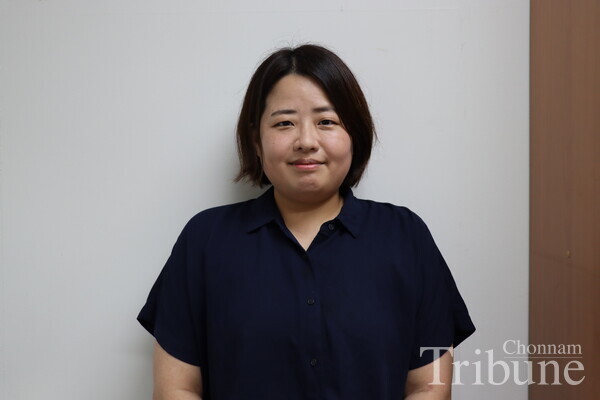
Earlier this year, a video from a brick factory in Naju unsettled South Korean society. A Sri Lankan worker, wrapped in plastic and tied to bricks, was lifted by a forklift as others looked on. Labeled by some as a “joke,” the incident revealed something more troubling than a momentary lapse of judgment. It illuminated the structural conditions under which migrant workers are often regarded as peripheral, disposable, and less entitled to dignity. While shocking, the episode was consistent with patterns that researchers have long identified in the everyday geographies of migrant labor.
South Korea’s reliance on foreign workers is well established. In agriculture they constitute more than 40 percent of the workforce, and similar dependency has developed in construction, logistics, and small-scale manufacturing. Demographic shifts—an aging population and the decline of rural communities—have left many industries without alternatives. Migrant workers sustain these sectors, yet their social presence is frequently framed as temporary, tolerated but seldom embraced.
South Korea’s Employment Permit System illustrates this tension. By binding workers to a single employ- er, it severely restricts their ability to contest unsafe or unjust conditions. Many reside in provisional housing near fields or factories, separated from the rhythms of local life. Their labor is essential, but the spaces they inhabit remain socially and politically periph- eral. Scholars have described this as a form of multi-layered vulnerability— a convergence of legal dependence, spatial isolation, and social prejudice. Naju’s brick factory case made visible to the wider public what had already been embedded in these structures.
This contradiction—between economic necessity and social exclusion—underscores the limits of Korea’s multicultural policies. Too often, “multiculturalism” is enacted through symbolic gestures such as festivals or language programs, while the institutional arrangements that perpetuate precarity remain intact. Integration, however, cannot be confined to cultural representation. It must address the structural dimensions that shape the everyday lives of workers. A society that depends daily on migrant labor cannot confine its idea of inclusion to celebrations of diversity while ignoring the conditions in which migrants live and work.
Policy adjustments are possible. Allowing greater mobility within the labor market, for instance, would reduce workers’ dependence on a single employer and provide incentives for safer, fairer practices. Strengthening enforcement in rural industries, through regular inspections and multilingual reporting mechanisms, could also narrow the gap between formal regulation and lived experience. Moreover, integration strategies should not be limited to metropolitan areas. Migrants often live and work in rural and industrial peripheries, and it is in these spaces that community engagement is most urgent. Local centers offering legal support, education, and opportunities for social exchange could provide practical resources while fostering everyday contact between migrants and long-term residents.
The Naju case thus illustrates more than an act of cruelty. It points to the structural conditions that continue to render migrant workers simultaneously indispensable and marginalized. As South Korea confronts demographic change, the question is whether it will persist in symbolic multiculturalism or take steps toward substantive inclusion. Migrant workers are not only part of the economy; they are part of the communities in which they live. Recognizing this reality is essential to building a society that is both sustainable and just.
By Kim Su-jeong
Assistant Professor, Department of Geography Education
